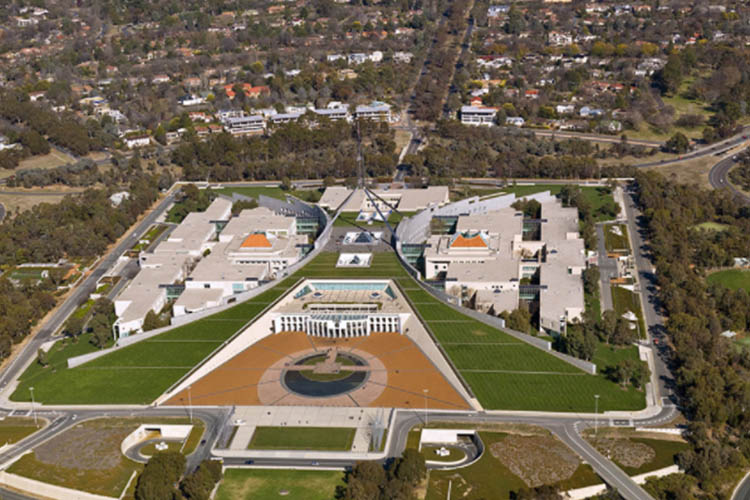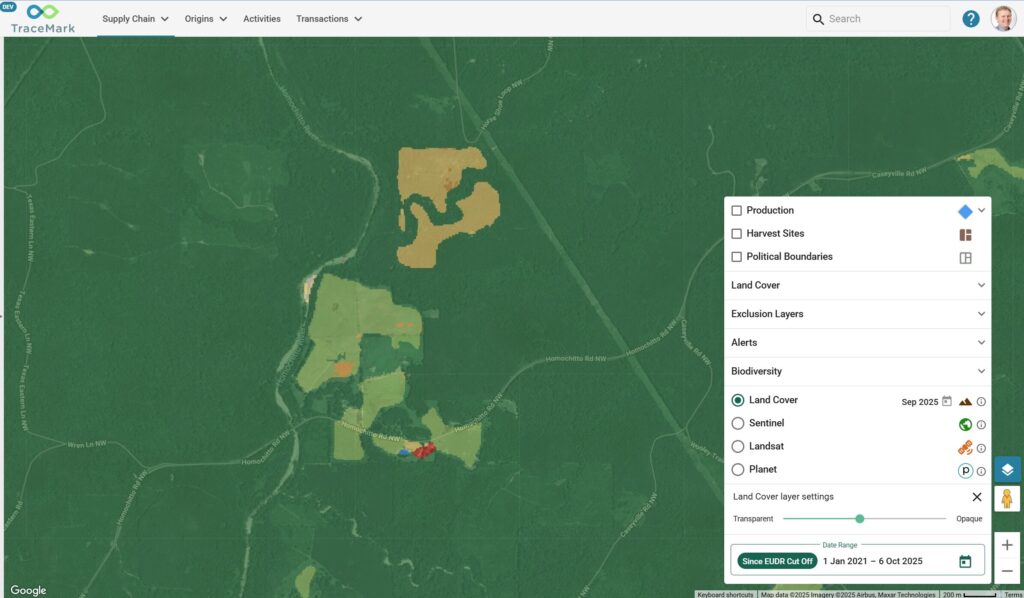How can Governments transform customer service using their data?

Using Data : A series on governments leading the way in executing innovation
“Given the current fiscal constraints and increasing expectations and demands on government services, including for flexible and high quality online/mobile services, new and better uses of existing assets such as data are important now more so than ever.”
– Department of Premier & Cabinet, 2015. Source.
We in the business community whole heartedly agree. However, the big question is: How can government use this data to provide better customer service?
Many government departments find their data requests require processing which can take days and possibly weeks. This is often because data is stored in complex databases and spreadsheets which can’t be easily searched or filtered. When a business requests information from government, it is often a struggle to find the right information. The process is manual and delays can occur if the end product isn’t what the user expected.
A new drive from government is encouraging departments to improve customer service by applying their idle data assets to real world problems in accessible visual formats such as maps. Instead of unused data collecting digital dust, it is being used to add value and improve service delivery. Maps have a unique ability to make data come alive. It reveals important relationships between data. Relationships which would have been impossible to see when the same data lived in disparate spreadsheets. Putting the data on a map makes it relevant to the people looking for it and gives them access to information in speeds previously unimaginable.
“Data we can make into an app is more useful than just a collection of documents,” WA parliamentarian Shane Love told a SIBA breakfast on the importance of creating tangible benefits from the data public bodies possess.
Data is only useful in an applied context. What do we mean by this? Think about the way you use data in your everyday life. For example, you know you have a conference in Sydney. You know where it is. You also have a list of highly recommended bars. However, you don’t know if they are near your conference. You use Google Maps and ‘Search Nearby’ to find out if the bars you want to go to are near the conference. Putting your data on map in this instance give you a simple but powerful way to make a decision. Simple, but highly effective.
Now imagine putting complex, rich government data onto a map and giving access to it internally and externally. Suddenly, you have taken data sitting around in large information stores and made it contextually relevant. Some departments have already commissioned projects which are delivering substantial benefits for the community. By organising data using spatial technology, the Department of Water was able to radically decrease customer query processing times from 10 days to 2 minutes.
Department of Water case study
The Western Australian Department of Water was concerned it took too long to process water information requests and it was affecting customer service standards. Using a map interface to display different data sets, the Department of Water has reduced service turnaround time from days to minutes.
— Experience the App – wir.water.wa.gov.au
By organising and opening department datasets, they were able to make the act of requesting information more accessible and relevant.The solution uses a combination of mapping and traditional database technology to provide a simple, useable data interface. The interface is available to staff for updating and processing customer service requests. More importantly, it is also available to the public through a webpage where you can easily find the water information instantly online.
The Water Information Reporting solution has been a big success from the day it was launched and has been consistently processing twice the number of water data requests than the previous manual system. The response time for obtaining water data from WIR is only minutes, where-as the turnaround time for water data was previously 10 business days
– Lindsay Preece, Manager Water Information and Modelling, Department of Water, Government of Western Australia.
Learn about how other government departments are leading the way in using maps at Solutions for an Innovative Government.
Related Articles
Here are more related articles you may be interested in.







